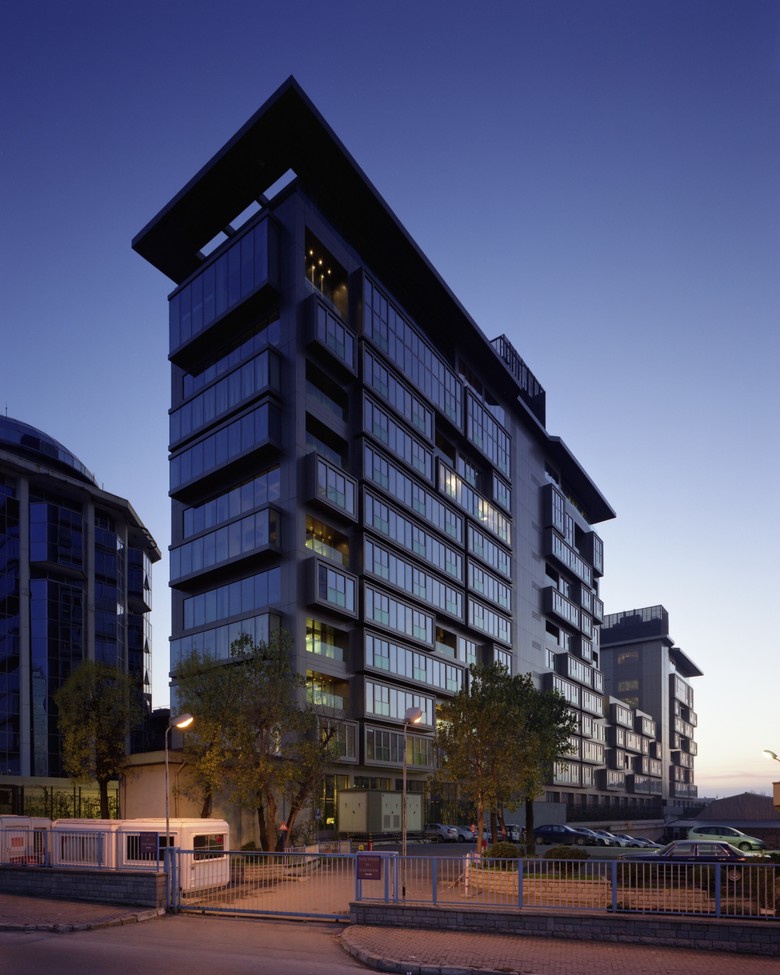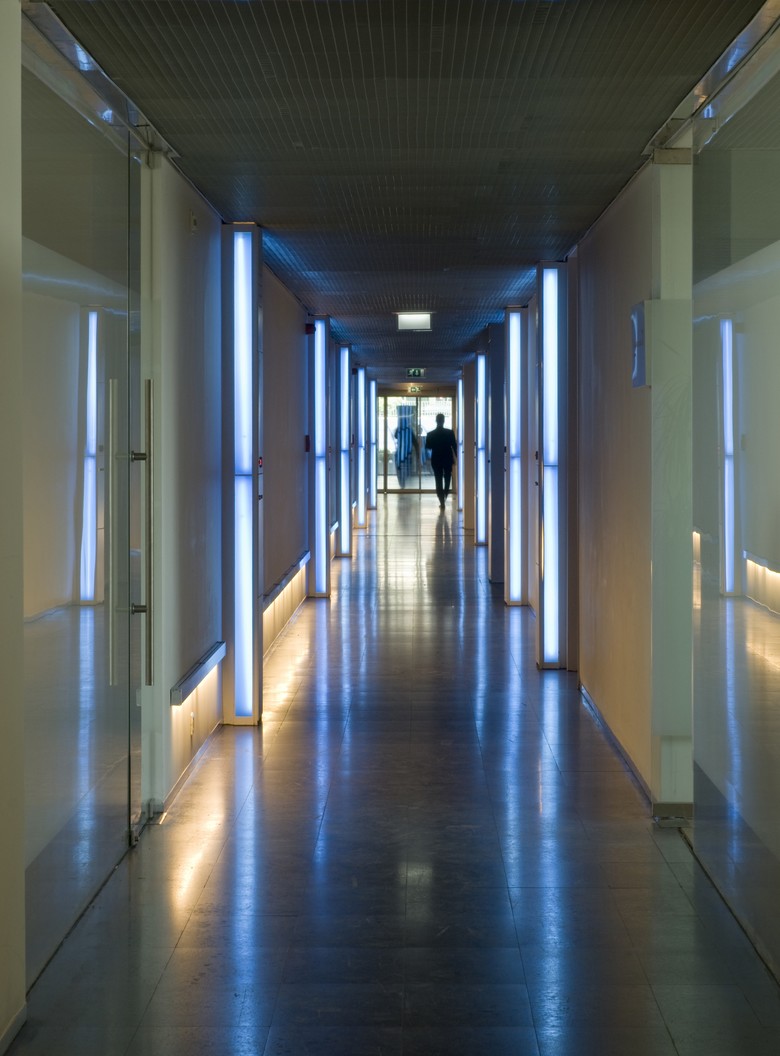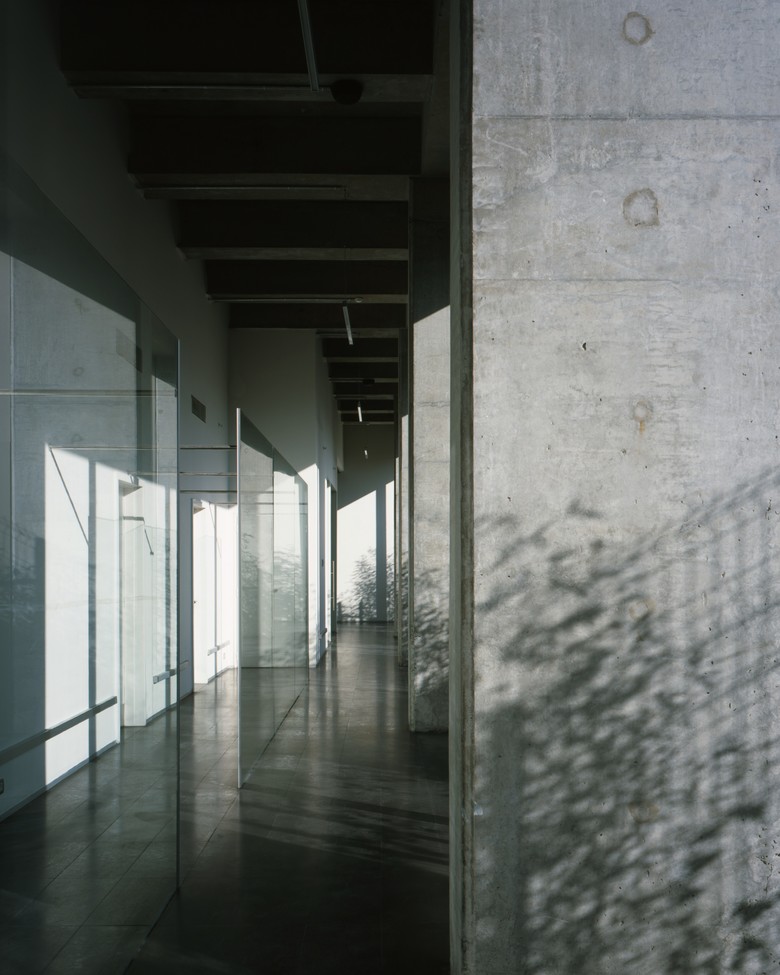Levent Loft
Torna enrere a la llista de projectes- Any
- 2007
LEVENT LOFT
Istanbul
2005-2007
The concept of ‘loft-living’ emerged in the 1970’s in the USA, as a solution for artists and other creative professionals in search of housing.
Beyond creating an additional value economically and aesthetically, lofts today have become not only a culture and a way of life coveted by many inhabitants of large cities, but also a point of reference within contemporary architecture. Open spaces with an almost industrial tone, not fanatically divided into sections, constitute a prospect to live-work and create at the same place; they are flexible and sometimes open to public.
The open spaces, often in converted bonded warehouses and redundant factories had a markedly industrial aesthetic. Walls were usually unplastered brickwork, services were exposed and floors were of concrete screed. The essence of a loft apartment is open, flexible, adaptable space for live/work accommodation accessible to the city. Today such accommodation is a way of life for the inhabitants of many large cities. The phenomenon highlights a cultural shift in the perception of a ‘house’ and a ‘home’ and arguably points to other shifts in the concept of ‘family’.
Located on a narrow 3.870sqm site, the existing construction primarily started as an office building, between the two pharmaceutical factories Fako and Deva, perpendicular to Buyukdere Street, on Maslak-Levent axis that has been the newly developing business center of Istanbul for the last decade. Keeping the existing concrete frame, the building, re-designed within the Levent Loft concept, has taken on a new lease of life as an up-market residential enclave.
The raw material for Levent Loft was an empty office building shaped like a train – long and thin, and made up of three separate ‘carriages’: a 12-storey block at the front, an eight-storey block at the rear, and a five-storey coupling link in between.
The form of the existing structure dictated the linearity of the internal plans. The apartments range from 68 m2 to 182 m2: the larger ones are duplexes with a terrace or roof garden. This kind of layout in turn determined the profile of the people who would live here. The elongated apartments are unsuited to the sprawling requirements of family life, but are ideal for single people or couples without children. Even with this demographic, we initially had a job to convince the client that the original precast concrete coffer slabs should be left exposed and not covered with a suspended ceiling. Off-form concrete columns, exposed ductwork, floor-to-ceiling operable windows and pine floors reinforce the loft aesthetic. In the bedrooms, movable room dividers double as storage space. Further storage is provided in the basement levels, along with parking.
The social idea underpinning the building – that of a community made up of diverse individuals – is reinforced by the physical structuring of the façade, which is perceived as an assortment of boxes. The projecting bays, with their shifting geometries, allow people to readily identify their own space from the outside. Due to the curtain system, a range of colors and light reflect from inside, as a method of benefiting functional solutions for esthetics purposes.
The building, consisting of 144 apartments, is not only designed as a housing facility but also it is planned to be a high quality social venue. The apartments are private and self-contained, but not isolated. The entrance is made through the lobby, designed as the essential meeting place; residents have a chance to get to know their neighbors in the shared social spaces on the ground floor. The front lobby contains a bar/restaurant; the rear block a gym, swimming pool and hammams – when you go for a steam bath you can look out the light-filled corridor onto a landscaped ‘Zen’ garden.
Facilities like the large car park, storage, central heating and ventilation, security, maintenance services and “intelligent house” system grant a user-friendly environment and easy access. The complex, supported by the recent technologies and professional service administration, offers a timesaving, comfortable life-style.
Following the success of Levent Loft I, on the plot behind it Loft II is now under construction, with the same parentage – the same client, the same investor, same design concept. The two pharmaceutical factories flanking Levent Loft have also recently been sold. As the push for density in this part of the city increases, these are likely to be replaced with taller high-rises.
Offering an efficient, tranquil ambience, Levent Loft is an elegant modern addition to the city’s skyline, accommodating a fashionable life-style in the ‘downtown’ area of the city, as an alternative to suburban condominiums.






